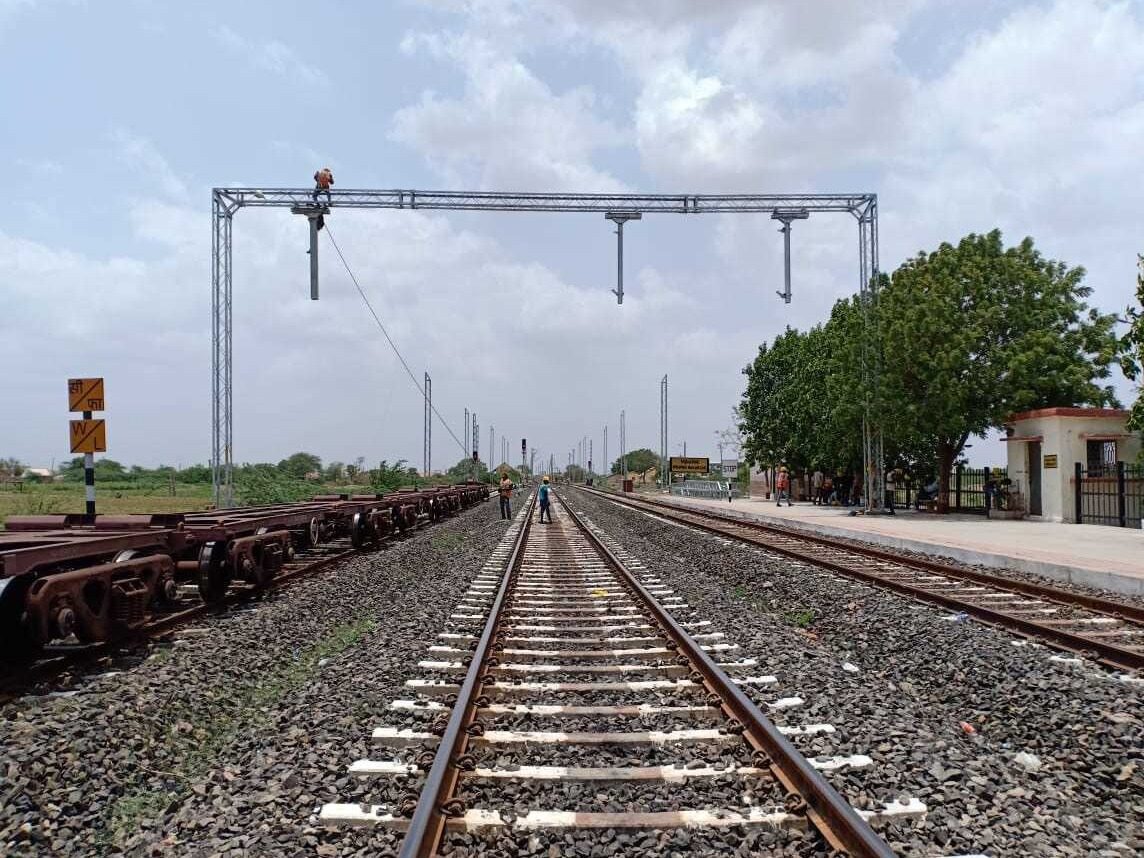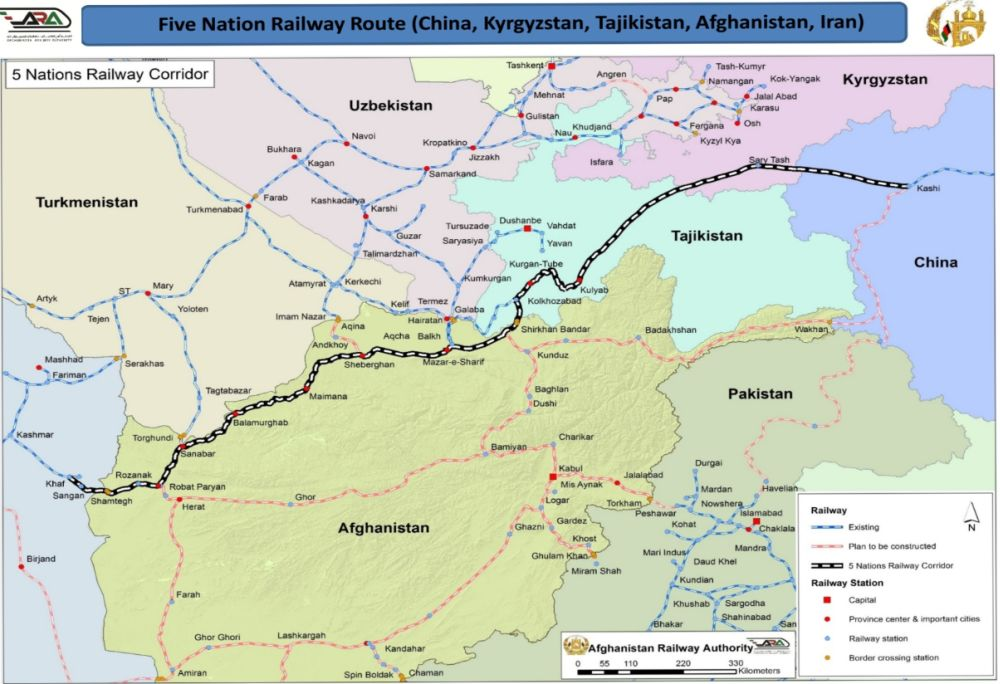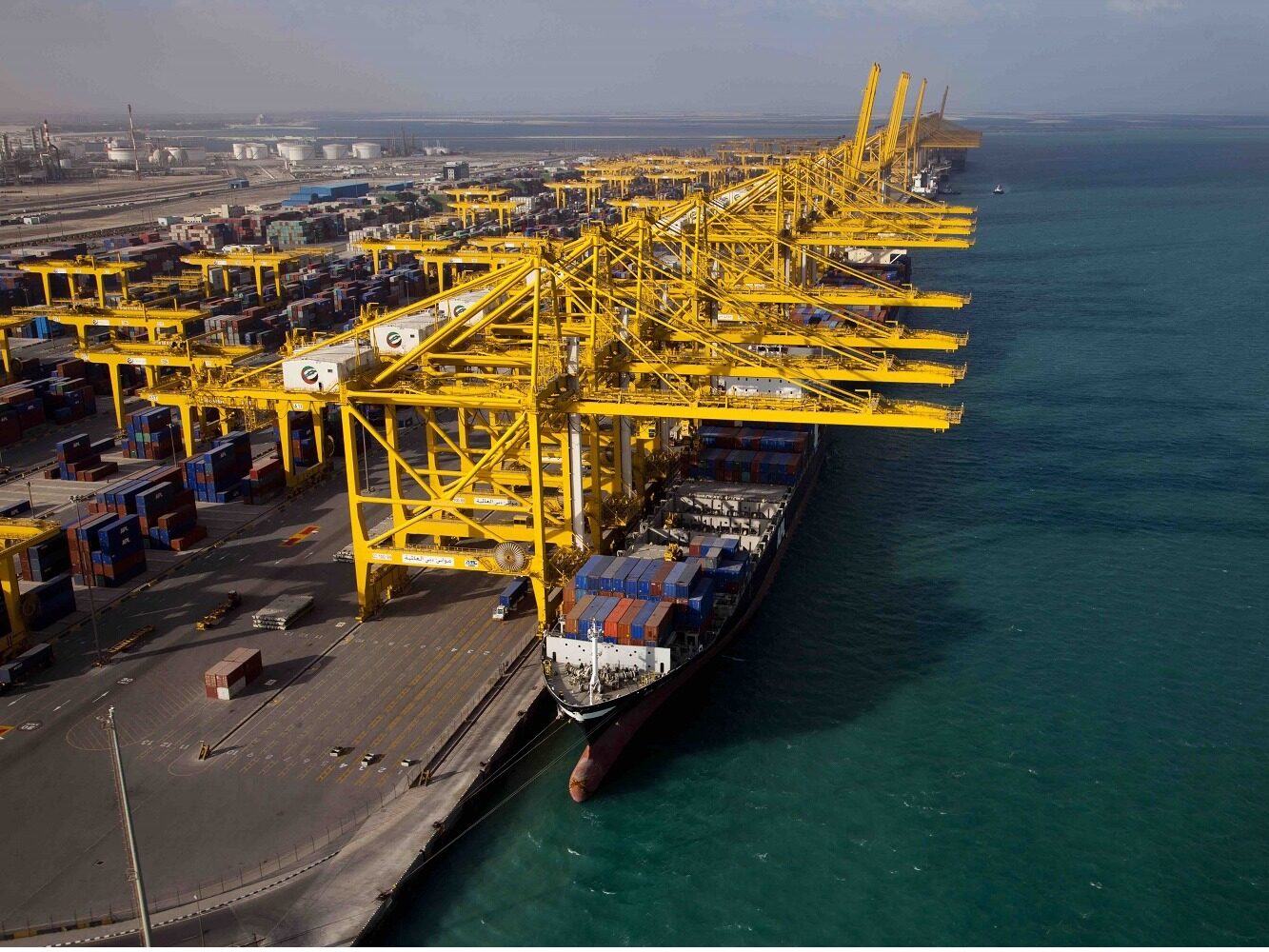- The five-country railway corridor of the One Belt One Road aims to develop regional commerce along the route

At present, Afghan President Ghani has fled. It is reported that Ghani escaped from Kabul under the escort of four cars full of cash. In the end, the helicopter could not hold so much cash, and some of them stayed at the airport. If Afghanistan also has high-speed rail, and President Ghani chose to flee by high-speed rail, not to mention the cash from 4 vehicles, or the cash from 10 vehicles, can also be taken away. So, after the big changes in Afghanistan, is it possible for China, as an infrastructure madman, to cooperate with Afghanistan on railways?
The Central Asian train has already opened to Afghanistan
On August 25, 2016, the Central Asian train departed from Nantong, China, departed from Alashankou in Xinjiang, passed through Kazakhstan and Uzbekistan, and finally arrived in Haelaton, Afghanistan on September 6. This was the first line from China to Afghanistan. Freight line.
This train is also the first implementation project of China's One Belt One Road strategy in South Asia, and it has a positive role in promoting trade ties between China and Afghanistan.
Hailardun is a small town in the northernmost part of Afghanistan, and it is also an important import and export port and freight center in Afghanistan. The Hailardun railway marshalling station is the only inbound railway transportation line in Afghanistan with a total length of about 40 kilometers.

The Nantong-Afghanistan·Heladon train starts from Nantong and ends at the important port of Afghanistan, Hailardon. The Afghan Ambassador to China Janan Mosazai said that the project will help Afghanistan regain its status as a road bridge in Central Asia. Deng Xijun, the special envoy for Afghanistan affairs of the Chinese Ministry of Foreign Affairs who has worked in Afghanistan for more than four years, said: “Afghanistan is a war-torn country, awaiting prosperity. Chinese products are very popular. And Afghanistan is the center of Asia. This train can promote China and Afghanistan as well as Central Asia, West Asia, and South Asia are interconnected to help Chinese products go global more and more quickly, and to increase imports of Afghanistan’s specialty products."
In the past, there were three modes of transportation for Chinese products exported to Afghanistan. One was to take the road through Xinjiang, pass through Kazakhstan, Uzbekistan, and finally enter Mazar-i-Sharif in Afghanistan, and then distribute to the whole country. The second is sea transportation, from Guangzhou, Ningbo, Shanghai and Qingdao ports to Karachi in Pakistan, and then short-distance land transportation to central Afghanistan cities, and then to various parts of the country; another sea transportation route runs from Chinese ports to Abbas in Iran, and then runs to Afghanistan by land. Herat, distributed nationwide. The third is air transportation. After the opening of the Nantong-Afghanistan·Heladon train, it can be reached in 12 days under normal conditions, which saves 3-5 days compared with roads, reduces costs by 15%-20%, and is slightly higher than shipping costs by 20%-30%, but it can be saved. 2/3 of the time, compared with air transportation, the cost is 9/10 saved.
The train from Nantong to Afghanistan has a total length of about 7,000 kilometers and runs for 13-15 days. There are currently about two trains a month. It can transport Chinese goods to Afghanistan, and at the same time import local specialties from Afghanistan, conduct international trade, and achieve a win-win situation.
Five-nation railway plan along the One Belt One Road
In March 2017, Mahmoud Sekal, Permanent Representative of Afghanistan to the United Nations, said in an interview with Xinhua News Agency and other Chinese media that the concept of building a community with a shared future for mankind includes peace, security, stability, equality, human rights, development, environment, etc. The content is very relevant to the lives of the Afghan people and is of great significance to the entire region.
Speaking of the Security Council resolution urging all parties to further advance the construction of the Belt and Road Initiative, Sekal believes that Afghanistan and China have carried out a lot of cooperation under the framework of the Belt and Road Initiative. , China-Arab direct freight train opened. He said: "The opening of freight trains is very important and is a good example of interconnection."
The two sides will continue to cooperate on the China-Kyrgyzstan-Tajikistan-Afghanistan-Iran five-nation railway project, and China will also provide assistance to the Afghan national infrastructure construction plan. Saikal pointed out that China is not only a neighboring country of Afghanistan, but also an important economy. The Belt and Road Initiative has played an important role in the realization of connectivity between Afghanistan and the region. “Connecting this region and connecting China with Eurasia is a vision for China, Afghanistan, the region and the world. Good thing".
"We live in a divided world. We need policies and initiatives that can connect everyone together and open the way for different countries to connect. We believe that the Belt and Road Initiative can help us in this regard," he said. Saikal emphasized that in order to ensure the success of interconnection projects such as the Belt and Road Initiative, security issues in Afghanistan and the region are critical. He called on the international community to pay attention to and work hard to resolve the root causes of conflict and violent extremism and terrorism.
In 2018, the Afghan National Railway Administration (ANRA) stated that the technical and economic survey of the construction of a transnational railway project was approximately 50% completed. According to relevant authorities, an 880-kilometer railway line will be built in Afghanistan and will connect the northern part of Afghanistan with the western part. Five countries including Afghanistan, Iran, Tajikistan, Kyrgyzstan and China are all participants in the project. At the same time, Sediq Qasimi Zakeri, an economic adviser to the Iranian Embassy in Kabul, said that Iran strongly supports the establishment of this railway project between the five countries, which will also cover Iran’s Chabahar and Abbas ports.
"We fully support this project and related work has begun. We hope that all countries in the region will jointly promote the construction of this project." Zakeri said. According to the agreement signed by the five countries on the project, each member country must build a total of 2,100 kilometers of railway lines in the next five years.
"The project plays an important role in regional connectivity, and we are working hard to complete the preliminary work." said Bari Sediq, Director General of the National Railway Administration of Afghanistan. The five-nation railway corridor aims to develop regional commerce, promote job creation, and increase inter-regional trade. The project is connected to China at one end and Iran at the other end. The total distance is 2,100 kilometers, passing through Kyrgyzstan, Tajikistan, Afghanistan and other countries. The Afghan part of the railway line will be partially funded by the Asian Development Bank and will improve the access from Afghanistan to Chabahar and Abbas.

During the Afghan civil war, the Afghan Taliban are vital to ensuring peace in Afghanistan. There are signs that the Afghan Taliban are still able to maintain their rationality as they gradually take over the land of Afghanistan. The Taliban in Afghanistan also realize that they need to raise funds to consolidate their rule. Another proposal under discussion is the "Trans-Afghan Railway" (Trans-Afghan Railway), which aims to connect the southern ports of Pakistan with markets in landlocked countries such as Uzbekistan. Among them, 573 kilometers will pass through Afghanistan from Termez, the Uzbek border, connecting Mazar-e-Sharif, the fourth largest city in Afghanistan, to Kabul, and then to Peshawar in Pakistan, where it will be connected to the Pakistani national railway network.
The agreement was signed by the previous Afghan government. In the future, it remains to be seen what kind of presence China hopes to establish in Afghanistan, or how it plans to communicate with those in power.
In order to smoothly promote the construction of the China-Pakistan Economic Corridor and ensure the safety of the project, China has previously provided large amounts of infrastructure financing. This includes the construction of a road between Kabul and Peshawar, the route of which is the same as the planned Trans-Afghan Railway. On the Pakistani side of the Afghanistan-Pakistan border, China broke ground to establish the Rashaki Special Economic Zone to serve the local and neighboring Afghan markets. If peace can be maintained, these economic facilities will generate a large number of jobs-people who suffer from violence here are eager to learn new skills, and those who make ends meet also need employment opportunities. Atta has stated that if the project is in the national interest of Afghanistan, they will also support it.
As the central hub connecting the Middle East, Central Asia, and Europe, Afghanistan is bound to help strategic interconnection between China and Central Asian countries if it maintains peace and stability. With a population of 32 million, Afghanistan is still an attractive market for the outside world, but it is in urgent need of precise planning to get rid of poverty-endless wars have put Afghanistan at the bottom of the 180 countries included in the United Nations Human Development Index. Ranked 169th.
Afghanistan borders Pakistan to the south, Iran to the west, Uzbekistan, Turkmenistan, and Tajikistan to the north and northeast, and China to the east. The Belt and Road road and railway projects linking Central Asia have been planned and many have begun to advance. Implement.
After many years, Atta may once again have the opportunity to govern the country, and there is a high probability that it will promote cooperation with Russia, China and other Central Asian countries. This time, it may be a strict and traditional regime that is about to enter the ruling stage, but people will always have hope in their hearts. At present, the fear of invasion and coercion by the United States and other foreign forces has gradually faded. Perhaps the Belt and Road Initiative is the key to truly unlocking the full potential of Afghanistan. Editor/He Yuting
Comment
 Praise
Praise
 Collect
Collect
 Comment
Comment
 Search
Search














Write something~